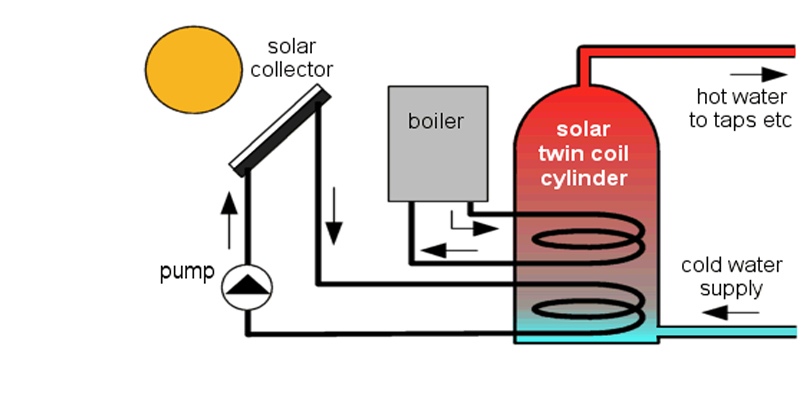As we navigate through an era increasingly defined by sustainability and environmental consciousness, solar water heaters have emerged as a practical solution for heating water efficiently and economically. Utilizing the sun's abundant energy, these systems not only reduce reliance on fossil fuels but also contribute to significant savings on utility bills. In this article, we will explore how solar water heaters work, the types available, their benefits, potential drawbacks, and what to consider when making a purchase.
At their core, solar water heaters convert sunlight into thermal energy used to heat water. The system typically consists of the following key components:
Solar Collector: This component is responsible
for absorbing sunlight. There are two main types: flat-plate collectors (made of
a dark, absorbent surface covered by glass) and evacuated tube collectors (which
consist of rows of glass tubes that create a vacuum, minimizing heat
loss).
Storage Tank: Heated water is stored in this
insulated tank until it is needed, allowing for immediate access to hot water at
any time.
Pumping System: Most systems use pumps to
circulate water from the collector to the storage tank. However, some passive
systems operate without pumps, relying instead on natural convection.

Benefits of Solar Water Heaters
1.
Energy Efficiency:
Solar water heaters can reduce your energy consumption by up to 80%, especially in sunny regions, translating into substantial savings on energy bills.
2. Environmentally Friendly:
By relying on the sun's energy, these heaters decrease greenhouse gas emissions and fossil fuel reliance, making them a great option for environmentally conscious consumers.
3. Incentives and Rebates:
Many
governments offer tax credits, rebates, or grants for installing solar
water heaters, making them financially attractive
options.
Solar
water heaters typically require less maintenance than traditional water
heating systems. Regular checks and occasional cleaning of the
collectors are generally sufficient.
 9440160756
9440160756 rishienterprises.tps@gmail.com
rishienterprises.tps@gmail.com 9440160756
9440160756 9440160756
9440160756